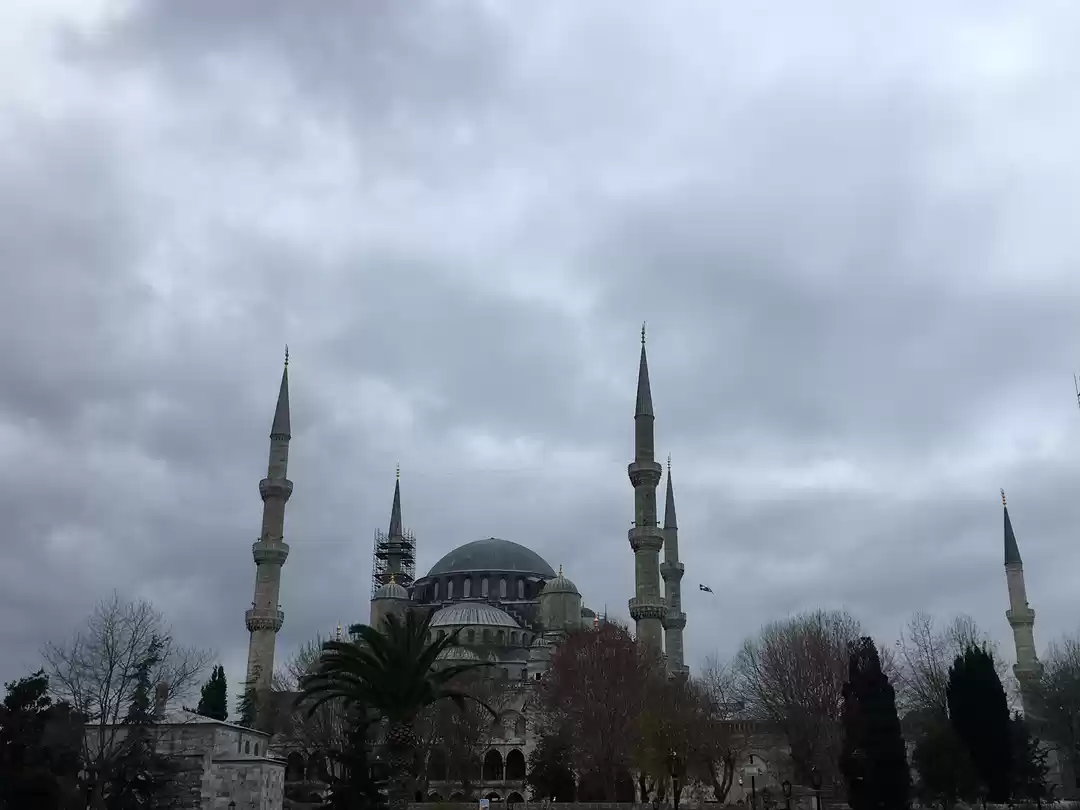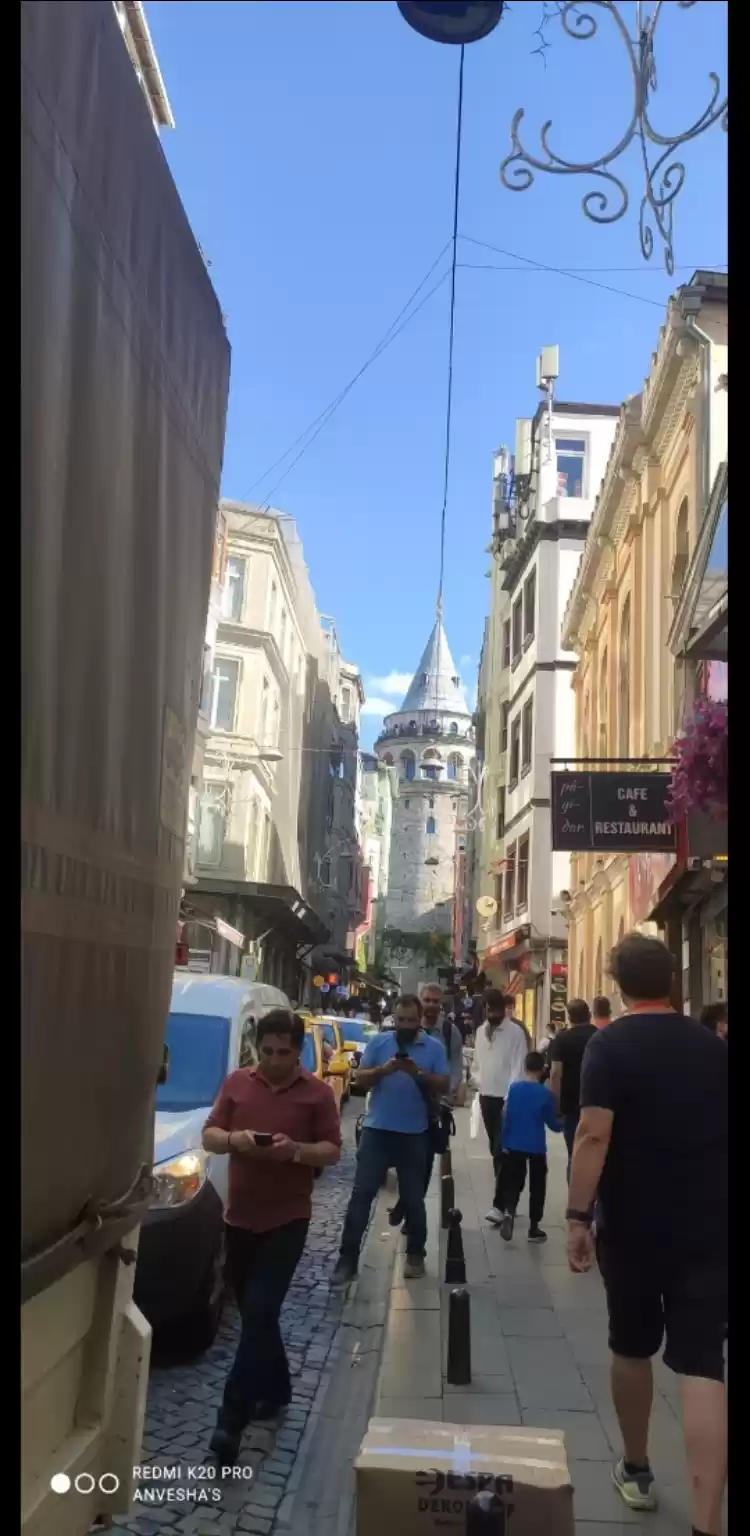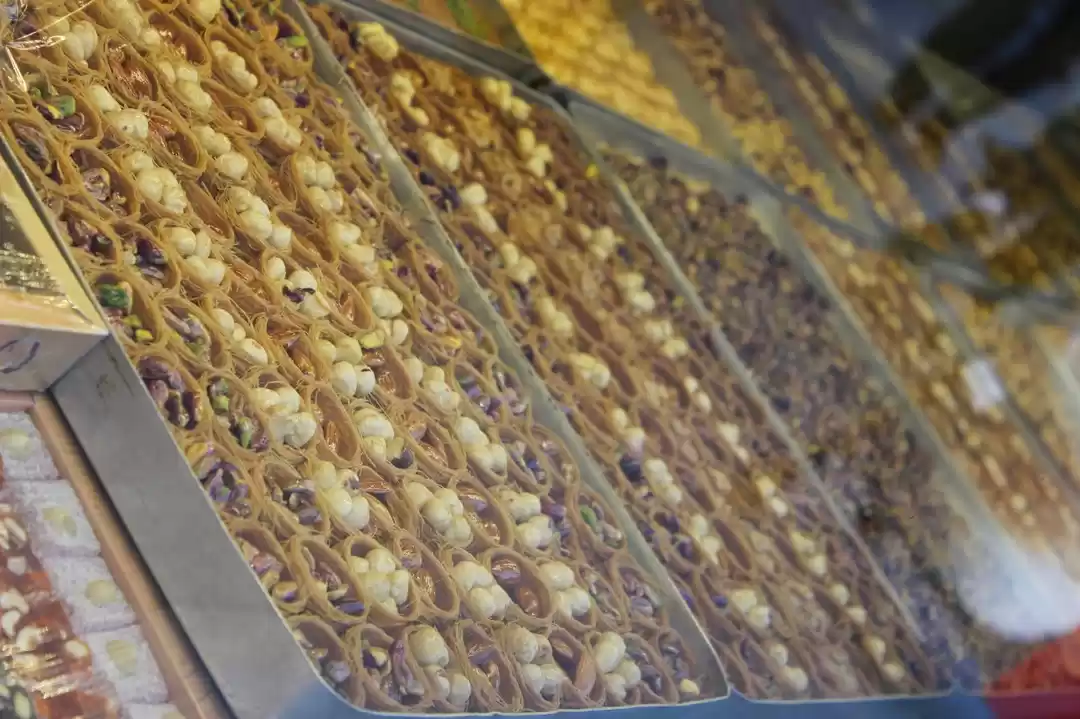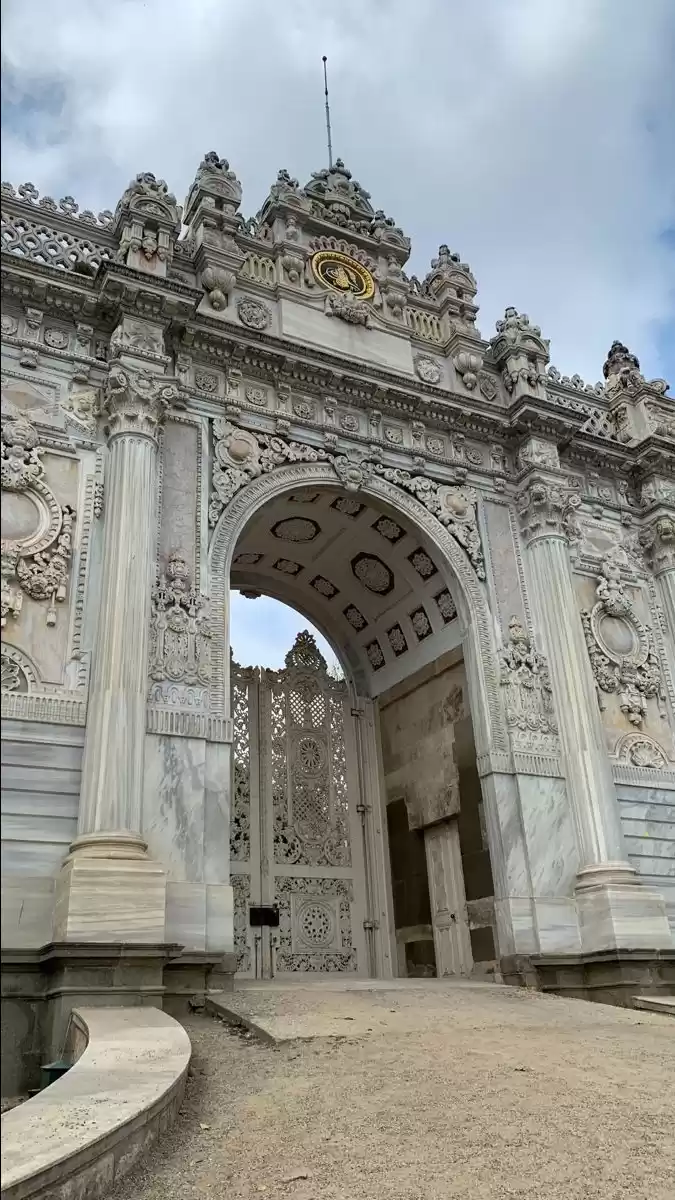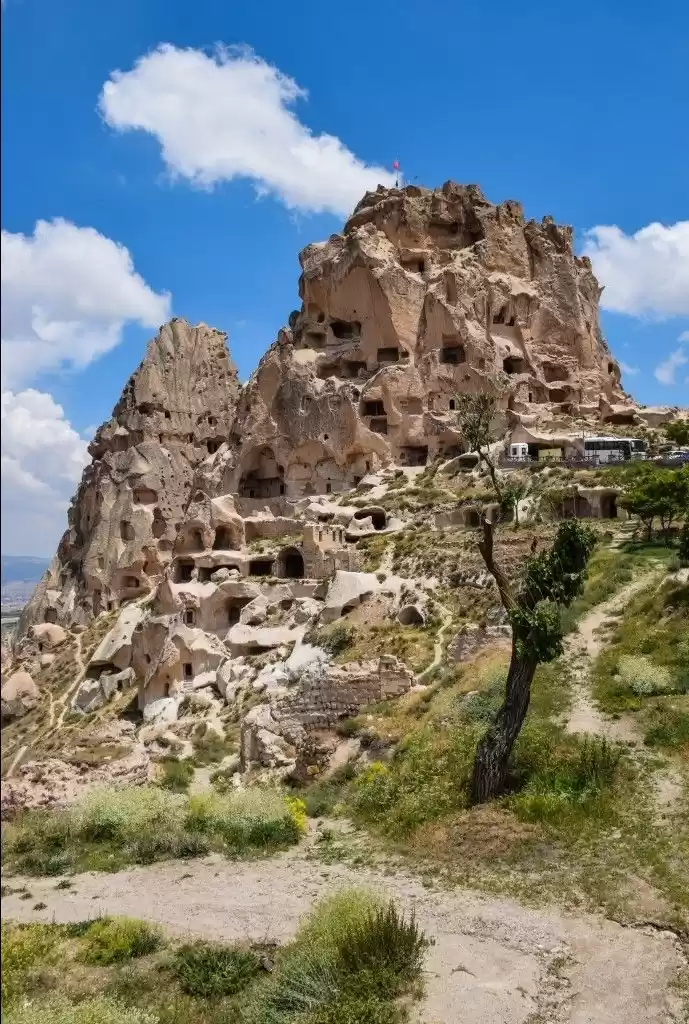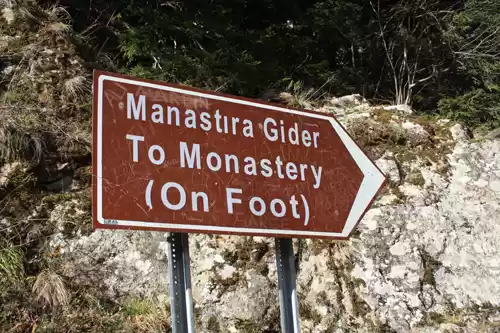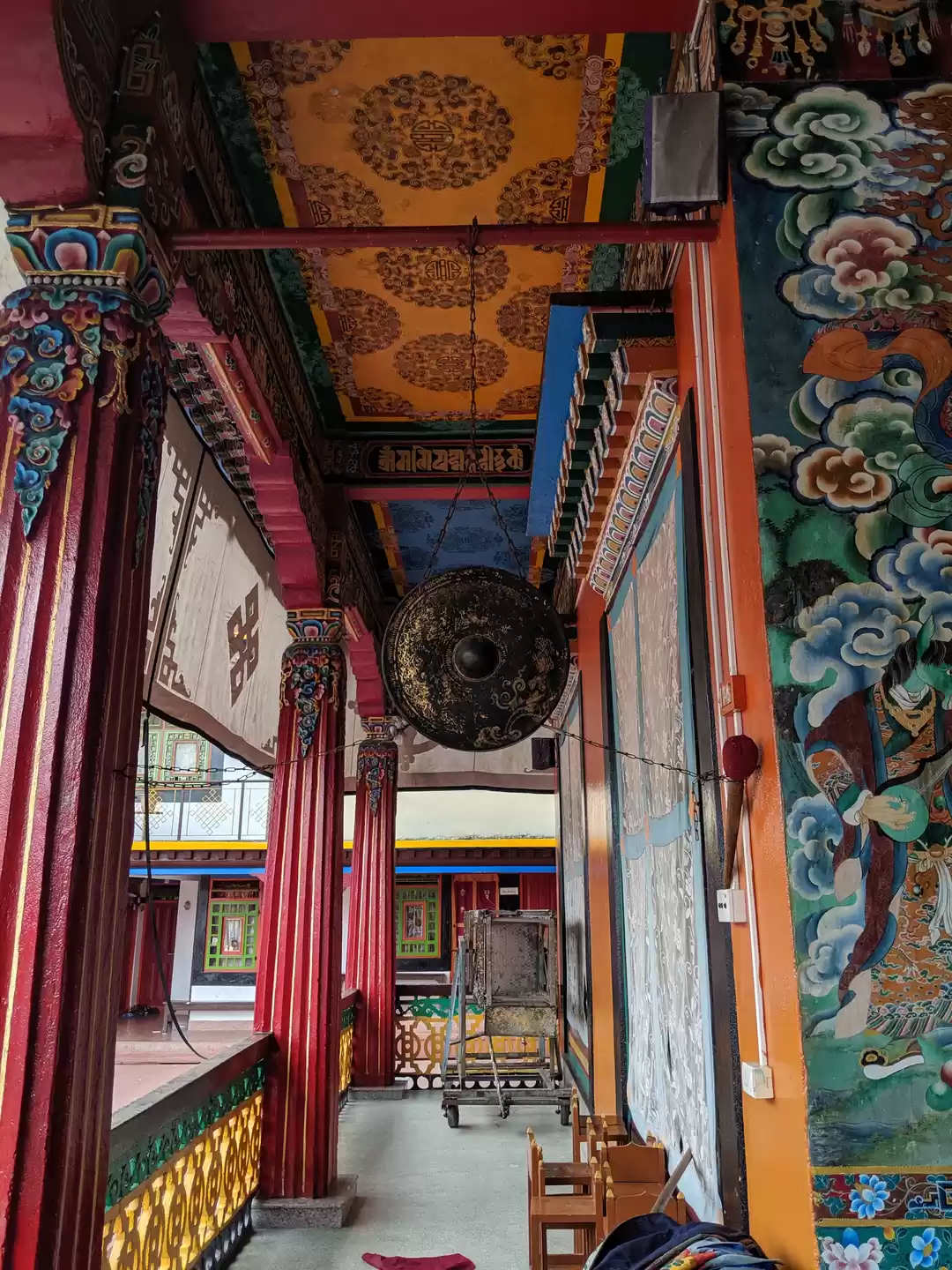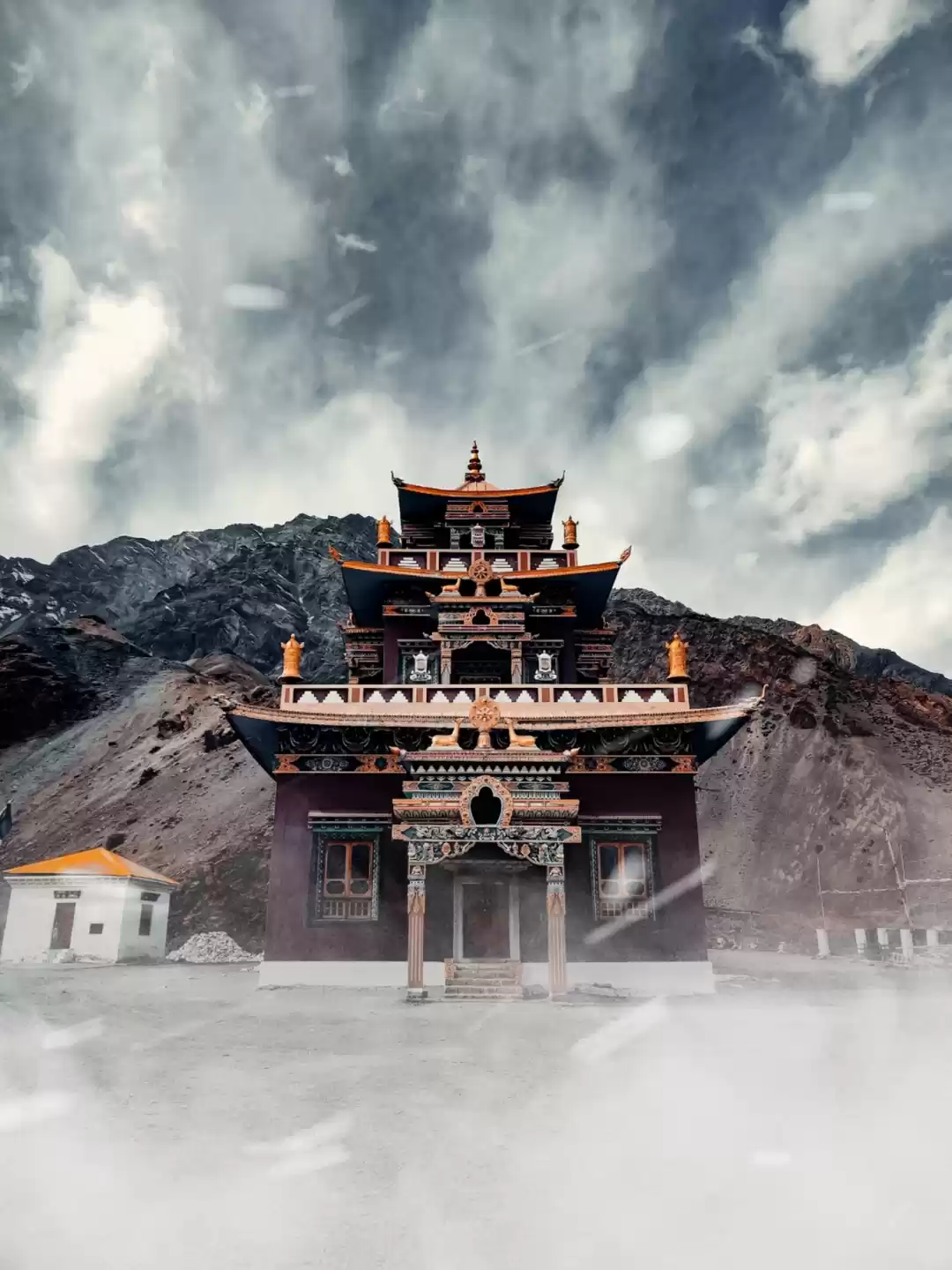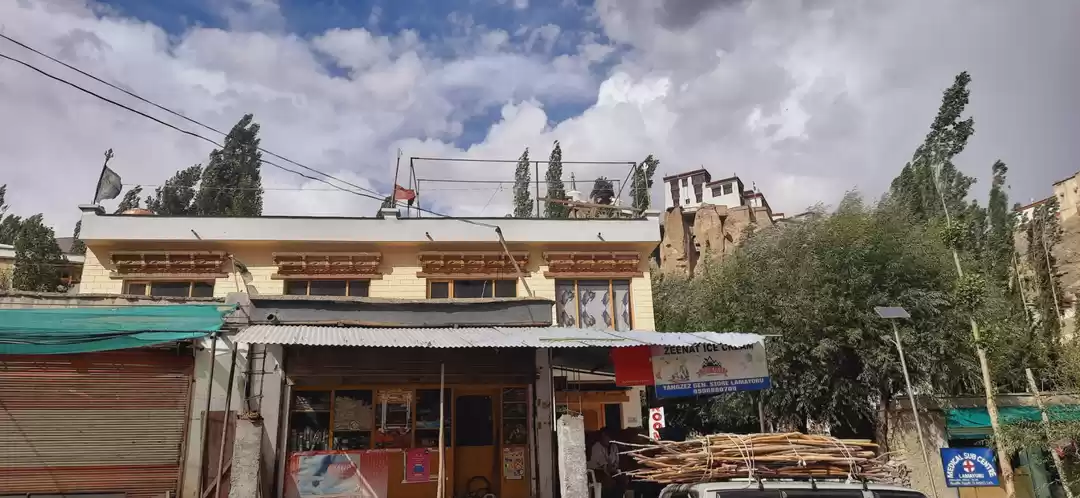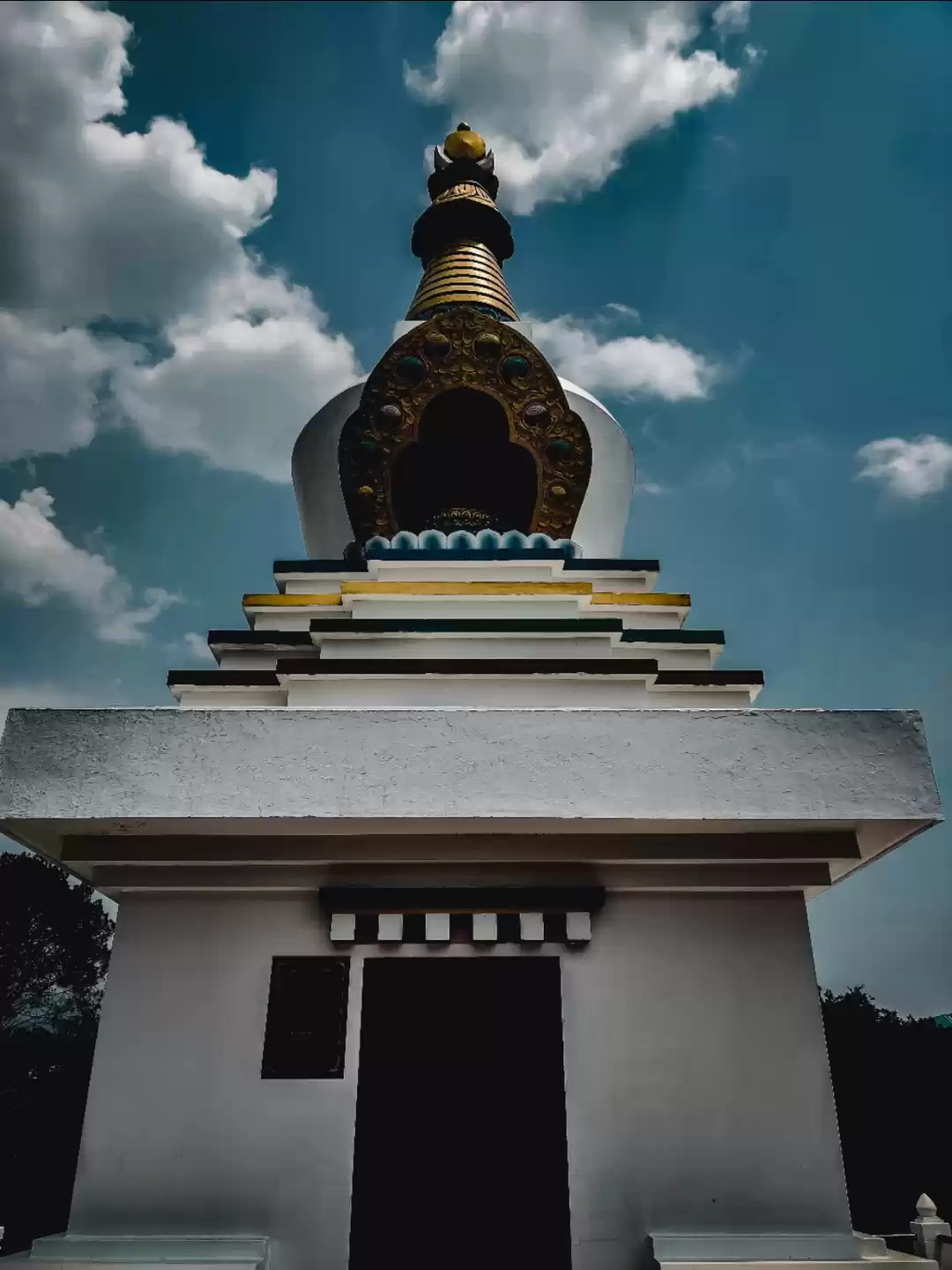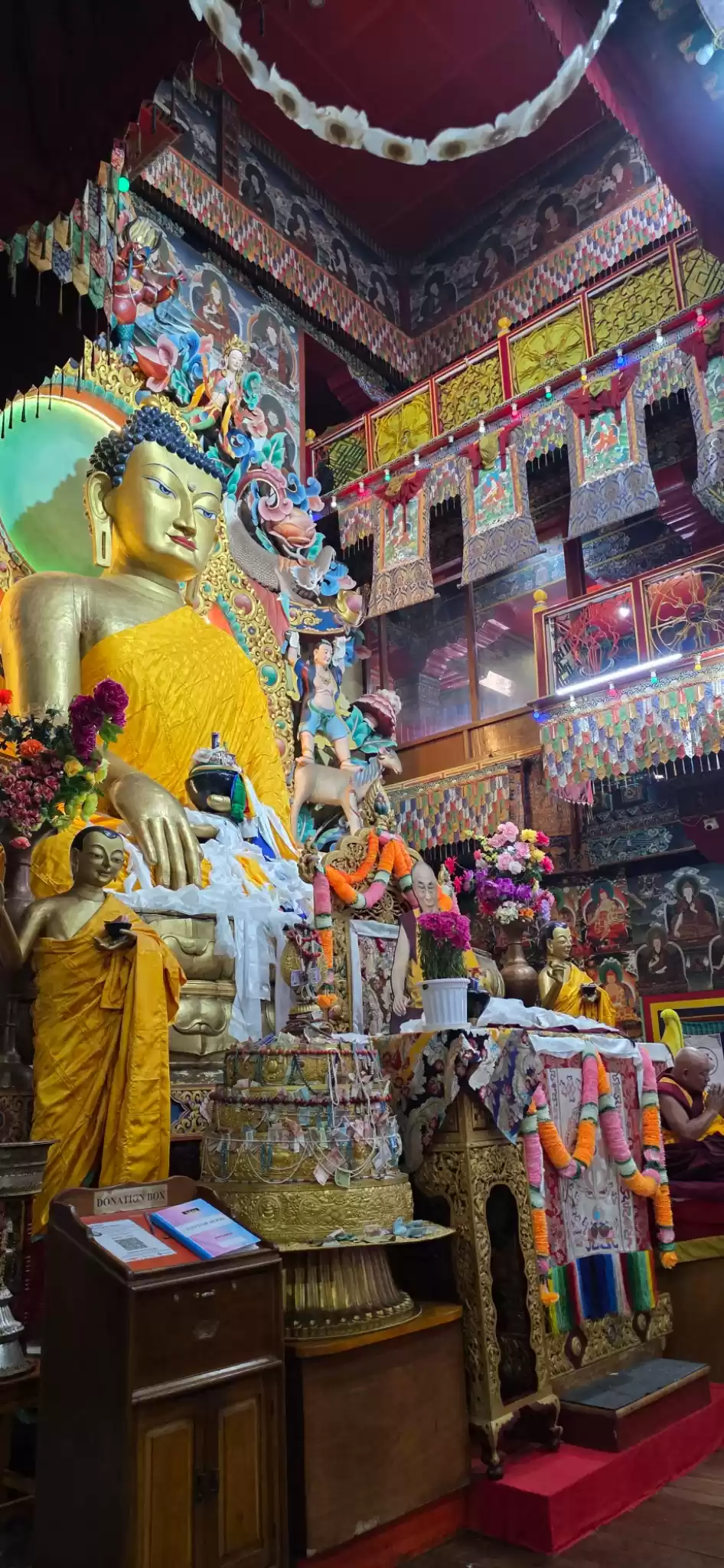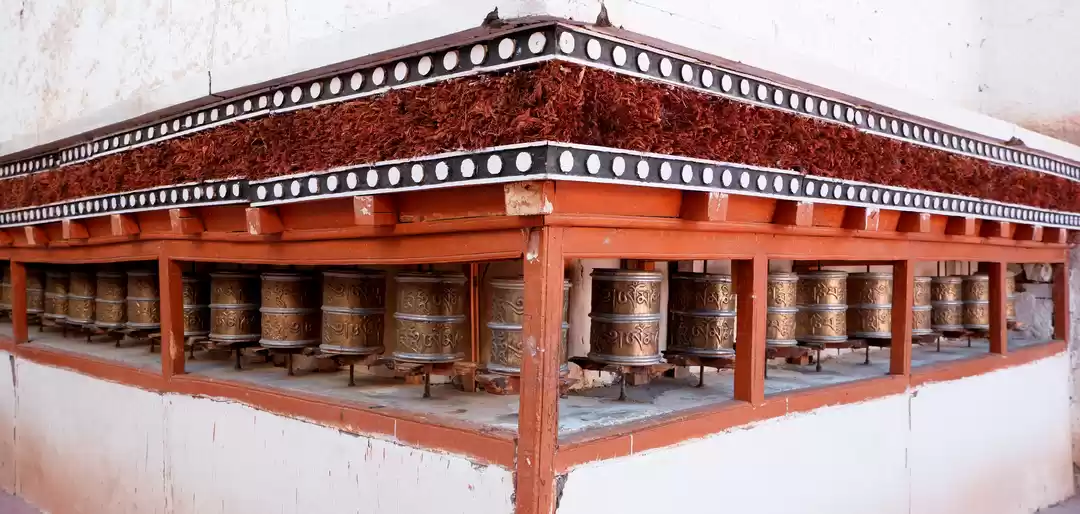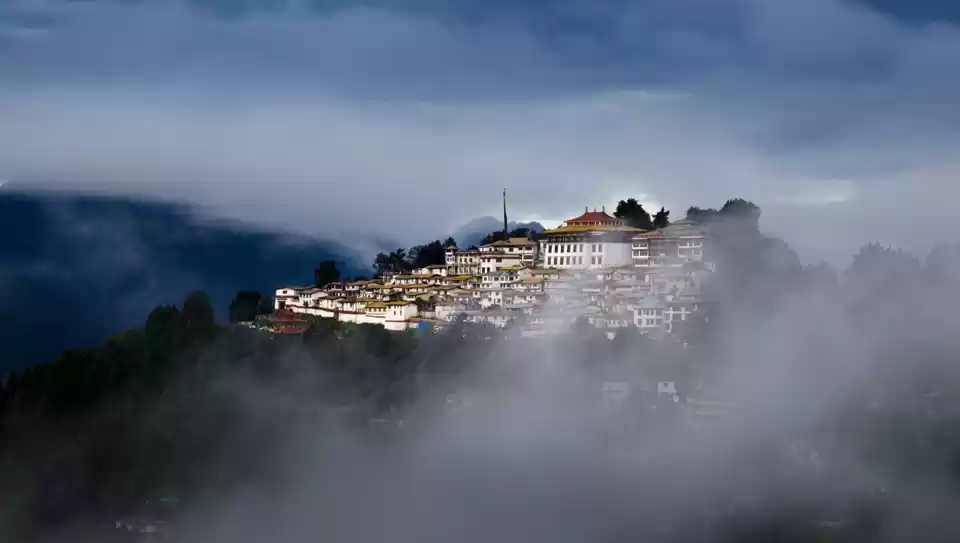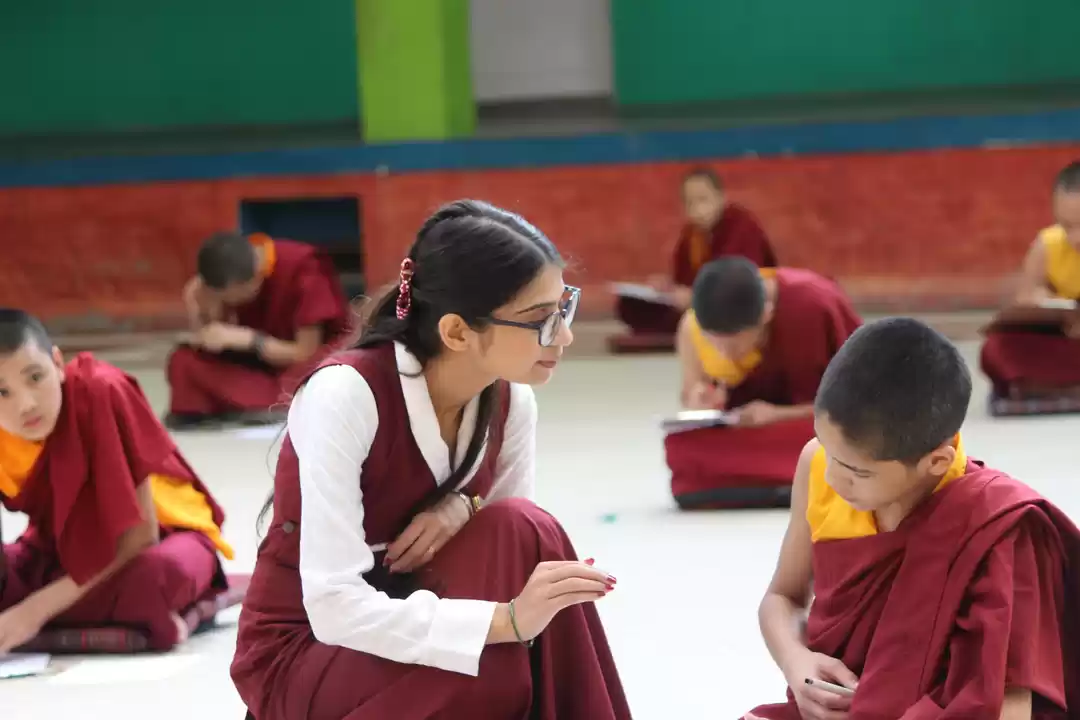Have you ever dreamed of visiting a place that combines stunning natural beauty, rich cultural heritage, and spiritual significance? If so, you might want to add Sumela Monastery to your bucket list. This ancient monastery, perched on a steep cliff in the lush forests of Turkey’s Black Sea Coast, is one of the most impressive and unique attractions in the country. In this article, you will learn everything you need to know about visiting Sumela Monastery, such as its history, architecture, location, and how to get there.
You will also discover some helpful tips and insights for making the most of your visit, and some nearby places that you can explore as well. Whether you are a history buff, a nature lover, or a spiritual seeker, you will find something to inspire and amaze you at Sumela Monastery.
History of Sumela Monastery
Sumela Monastery, also known as the Monastery of the Virgin Mary, has a long and fascinating history that dates back to the 4th century AD. According to legend, two Greek monks, Barnabas and Sophronius, were guided by a vision of the Virgin Mary to build the monastery on the cliff, where they found a miraculous icon of her. The icon, which is believed to have been painted by the Apostle Luke, is still venerated today by Orthodox Christians.
The monastery flourished under the Byzantine Empire, and became a center of religious and cultural activity. It was expanded and renovated several times, especially in the 13th and 14th centuries, when it received the patronage of the Komnenos dynasty of the Empire of Trebizond. The monastery also survived the Ottoman conquest, and enjoyed a period of tolerance and protection under the sultans. It was visited by many pilgrims and travelers, who admired its beauty and sanctity.
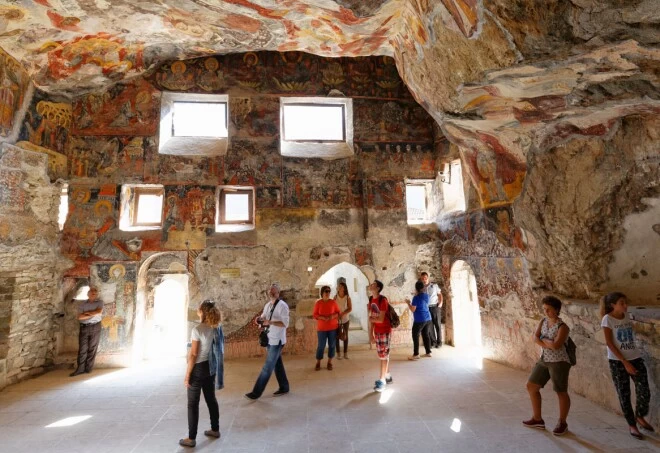
However, the monastery faced a decline and abandonment in the 20th century, due to the population exchange between Greece and Turkey, and the subsequent persecution of the remaining monks. The monastery was also damaged by fire and looting, and its treasures were stolen or destroyed.
In 1972, the monastery was declared a national monument, and in 1987, it was added to the UNESCO World Heritage Tentative List. In 2015, the monastery was closed for restoration, and reopened in 2023, after a ceremony attended by the Turkish president and the Ecumenical Patriarch of Constantinople. The restoration project aimed to preserve and restore the original features and frescoes of the monastery, and to make it more accessible and safe for visitors. The reopening of the monastery was seen as a sign of hope and reconciliation for the local and international community.
Architecture of Sumela Monastery
One of the most striking aspects of Sumela Monastery is its architecture, which reflects the artistic and architectural styles and influences of different periods and cultures. The monastery is built on a rock face, at an altitude of about 1200 meters, overlooking the Altındere Valley and the Zigana Mountains. The monastery complex consists of several buildings, such as the rock church, the aqueduct, the library, the kitchen, the dining hall, the guest rooms, and the monks’ cells.
The most prominent and important building is the rock church, which houses the icon of the Virgin Mary, and is decorated with magnificent frescoes depicting scenes from the Bible and the lives of the saints. The frescoes, which date from the 13th to the 18th centuries, are considered to be among the finest examples of Byzantine art in Anatolia.

The aqueduct, which was built in the 18th century, is an impressive engineering feat that supplied water to the monastery from a nearby spring. The library, which was added in the 19th century, contains a valuable collection of manuscripts and books, some of which are still preserved today. The other buildings, such as the kitchen, the dining hall, the guest rooms, and the monks’ cells, provide a glimpse into the daily life and activities of the monks who lived and worked at the monastery.
The architecture of Sumela Monastery is not only remarkable for its beauty and craftsmanship, but also for its harmony with the natural environment. The monastery blends seamlessly with the rock, the forest, and the river, creating a stunning contrast and a sense of awe. The monastery also offers spectacular views of the surrounding landscape, which changes with the seasons and the weather. The monastery is especially enchanting in the spring, when the flowers bloom, and in the winter, when the snow covers the mountains.
Location of Sumela Monastery
Sumela Monastery is located in the Maçka district of Trabzon province, in the northeastern part of Turkey. Trabzon is the largest and most populous city on the Black Sea Coast, and a major cultural and economic hub. The monastery is about 50 kilometers south of Trabzon, and can be reached by road in about an hour. The monastery is situated in the Altındere National Park, which covers an area of about 4800 hectares, and is home to a variety of flora and fauna, such as pine, fir, beech, and oak trees, bears, wolves, foxes, and deer. The national park also features several natural and historical attractions, such as waterfalls, caves, bridges, and tombs.
The location of Sumela Monastery is not only scenic, but also historically and culturally significant. The area has been inhabited since ancient times, and has witnessed the rise and fall of many civilizations, such as the Pontic Greeks, the Romans, the Byzantines, the Mongols, the Seljuks, the Ottomans, and the Turks. The area was also part of the Silk Road, the ancient network of trade routes that connected Asia and Europe, and facilitated the exchange of goods, ideas, and cultures. The area is also home to the Laz people, an ethnic group with a distinct language, culture, and traditions, who are known for their hospitality, humor, and music.
How to Visit Sumela Monastery
If you are planning to visit Sumela Monastery, here are some practical information and tips that you should know before you go:
The opening hours of the monastery are from 9:00 am to 5:00 pm, every day except Mondays. The entrance fee is 25 Turkish Liras (about 3 US Dollars) per person, and free for children under 12 years old. You can buy your tickets online or at the ticket office near the parking lot. You should also bring your passport or ID card, as you may need to show it at the entrance.
The best way to get to the monastery from Trabzon is by car, taxi, or tour. You can rent a car from Trabzon Airport or the city center, and drive to the monastery following the signs for Maçka and Altındere. The road is well-paved and scenic, but also winding and narrow, so you should drive carefully and follow the speed limit. You can also take a taxi from Trabzon, which will cost you about 200 Turkish Liras (about 25 US Dollars) one way, and take about an hour. You can also book a tour from Trabzon, which will include transportation, guide, entrance fee, and lunch, and cost you about 300 Turkish Liras (about 38 US Dollars) per person. You can find many tour operators online or in the city center, and compare their prices and services.
Once you reach the parking lot near the monastery, you will have to walk or take a shuttle bus to the monastery entrance. The walking trail is about 4 kilometers long, and takes about an hour to complete. The trail is steep and rocky, but also scenic and shaded by trees. You will need to wear comfortable shoes, and bring water and snacks. You can also take the shuttle bus, which costs 5 Turkish Liras (about 0.6 US Dollars) per person, and takes about 15 minutes. The shuttle bus runs every 15 minutes, and stops at several points along the trail. You can also take a combination of walking and shuttle bus, depending on your preference and fitness level.
Some tips for visiting Sumela Monastery
- The best time to visit the monastery is in the spring or autumn, when the weather is mild and the nature is colorful. The summer can be hot and crowded, and the winter can be cold and snowy. You should also check the weather forecast before you go, as the monastery may be closed due to fog, rain, or snow.
- You should dress modestly and respectfully, as the monastery is a sacred place. You should cover your shoulders and knees, and avoid wearing shorts, skirts, or sleeveless tops. You should also remove your shoes before entering the rock church, and avoid touching or damaging the frescoes or the icon.
- You should bring a camera or a smartphone, as the monastery and the surrounding area are very photogenic. However, you should not use flash or tripod, as they may harm the frescoes or disturb the other visitors. You should also respect the signs and the rules, and not take photos in the prohibited areas.
- You should also explore the nearby places, such as the Karadağ Milli Parkı, the Zigana Tunnel, the Hamsiköy Village, the Uzungöl Lake, and the Sürmene Knife Museum. These places offer more natural and cultural attractions, such as waterfalls, caves, bridges, villages, lakes, and traditional crafts. You can either visit them on your own, or join a tour that covers them along with the monastery. You can find more information and options online or at the Trabzon tourist office.
Sumela Monastery is a hidden gem of Turkey’s Black Sea Coast, and a must-see for anyone who loves history, nature, or spirituality. The monastery is not only a stunning architectural masterpiece, but also a witness to the rich and diverse heritage of the region. Visiting Sumela Monastery is a rewarding and unforgettable experience, that will leave you in awe and admiration. If you are looking for a unique and memorable destination for your next trip, you should definitely consider Sumela Monastery.
If you enjoyed this article, please leave a comment below and share it with your friends. You can also subscribe to our newsletter to get more travel tips and insights delivered to your inbox.
And if you are ready to book your trip to Sumela Monastery, you can check out our exclusive offers and deals on our website. Thank you for reading, and we hope to see you soon at Sumela Monastery.

